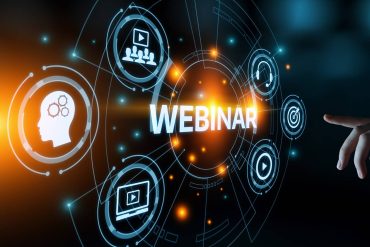
Applied Technologies to Improve Efficiency and Flexibility in Earthquake Monitoring and Response
Featuring Brandon Parrott, Kinemetrics, Inc.
Earthquake monitoring and response requires complex multi-faceted systems that serve stakeholders with diverse needs.
These systems must be optimized through a combination of science and technology that ensures the needs and expectations of stakeholders are met in a timely and relevant manner. If a given system meets the needs of one stakeholder group, but ignores others, it’s value will quickly come into question. Solutions must also be flexible, responsive, and integrated into the everyday routines of stakeholders.
The criticality of earthquake monitoring and response systems, from early warning to post-event assessments, makes implementing the proper solution and approach imperative.
In this session, Brandon Parrott will discuss a technological, behavioral, and architectural approach to ensuring that earthquake monitoring and response systems meet these needs. Using concrete examples and real-world observations, he will detail the impact on various stakeholders of implementing an effective system. He will also identify the areas that receive the most benefit from such sound design and the resulting downstream effects on earthquake response activities and decision making.
This webinar and Q&A session is a must for engineers, seismologists, emergency response professionals, and anyone involved in managing buildings or other critical structures.
